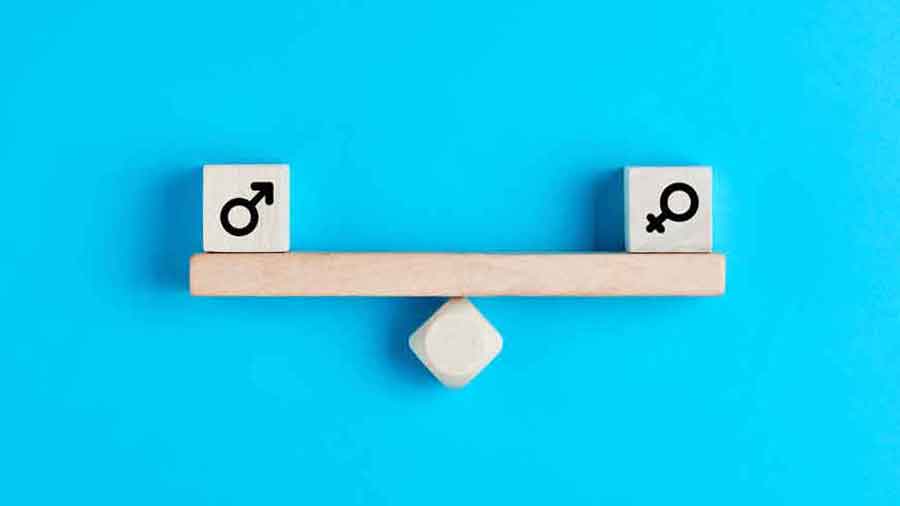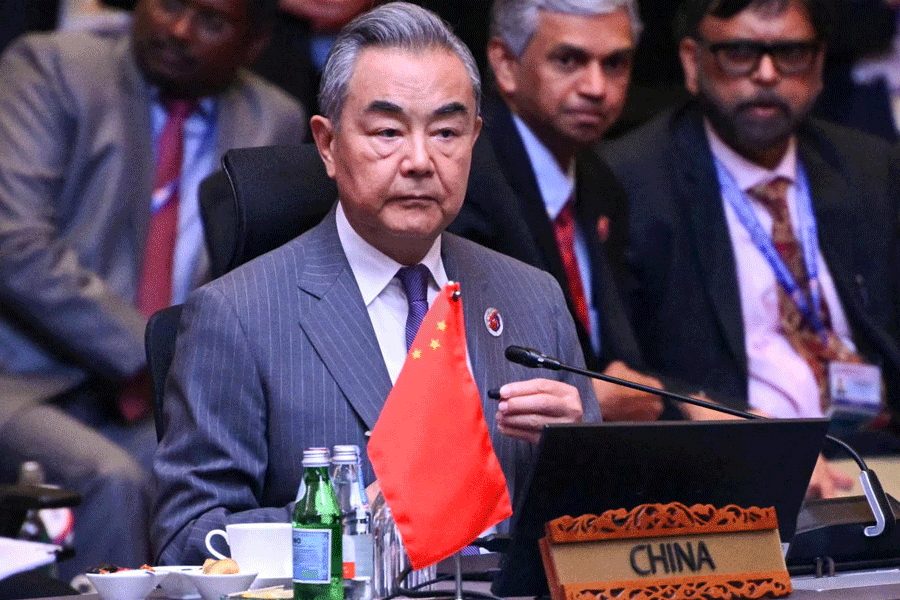Despite the need to correct India’s gender imbalance, serious challenges persist. The percentage of women in the country is 48.04; yet, sectoral representation of women remains abysmal. The entertainment sector is a classic example. India is one of the fastest-evolving media and entertainment markets globally, producing the highest number of films every year. But a recent study conducted jointly by Ormax Media and Film Companion and supported by the streaming platform, Amazon Prime Video, shows that only 10 per cent of key industry roles — editing,directing, writing, design, cinematography — were held by women. The survey, which analysed 150 films and series across eight languages, found that none of the 56 mainstream theatrical films that were surveyed was directed or edited by a woman. Male actors also spoke three times more than women when it came to trailers, while film promotions remain male-centric. Over the top platforms were found to be a tad more inclusive,with more than 60 per cent passing the Bechdel test — a measure of representation of women in fiction — against more than half of mainstream cinema that has failed to improve its poor record since 2019. The report, a first of its kind, confirms suspicions about entrenched prejudice. Mainstream entertainment remains discernibly skewed when it comes to gender balance.That perhaps explains the stereotypical representation of women in the content of popular cinema. OTT platforms may be open to exploring women-centric content, but a lot more needs to be done to ensure inclusion. Correcting this imbalance is important, not least because popular cinema and digital content play an instrumental role in shaping public consciousness.
This is not to suggest that the entertainment industry is the only culprit. Estimates suggest that more than 90 per cent of women workers exited the workforce during the pandemic, making the labour force even more lopsided. The presence of women in the top echelons of India Inc is sparse. Little wonder then that the Global Gender Gap report predicted that it will take about 197 years for countries in South Asia — India is among them — to achieve full gender parity. The prime minister,Narendra Modi, has hailed “naari shakti” as the beacon of hope. High rhetoric will not do. The dodgy nature of government commitment towards gender parity is evident from the traditional inertia on, say, the women’s reservation bill. That is but one instance of the gap between word and deed of successive regimes.











